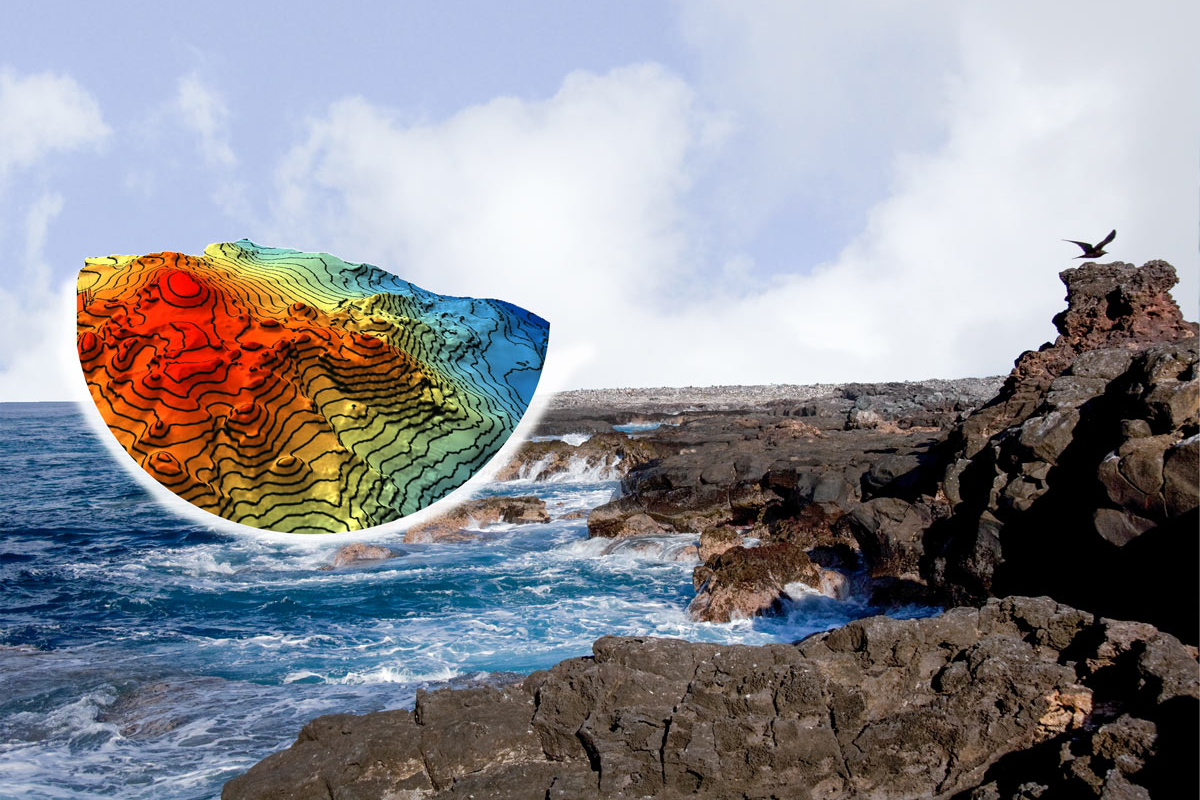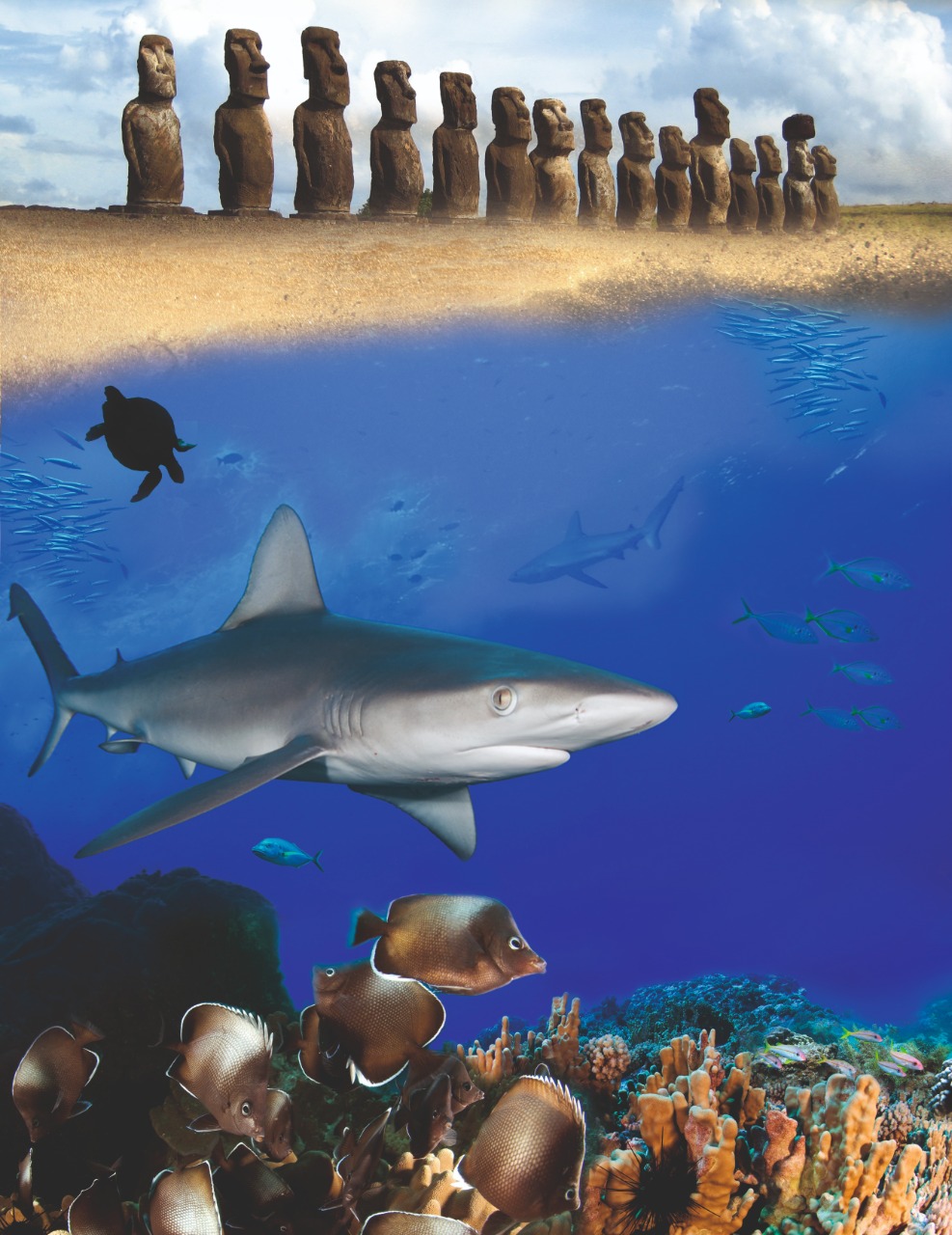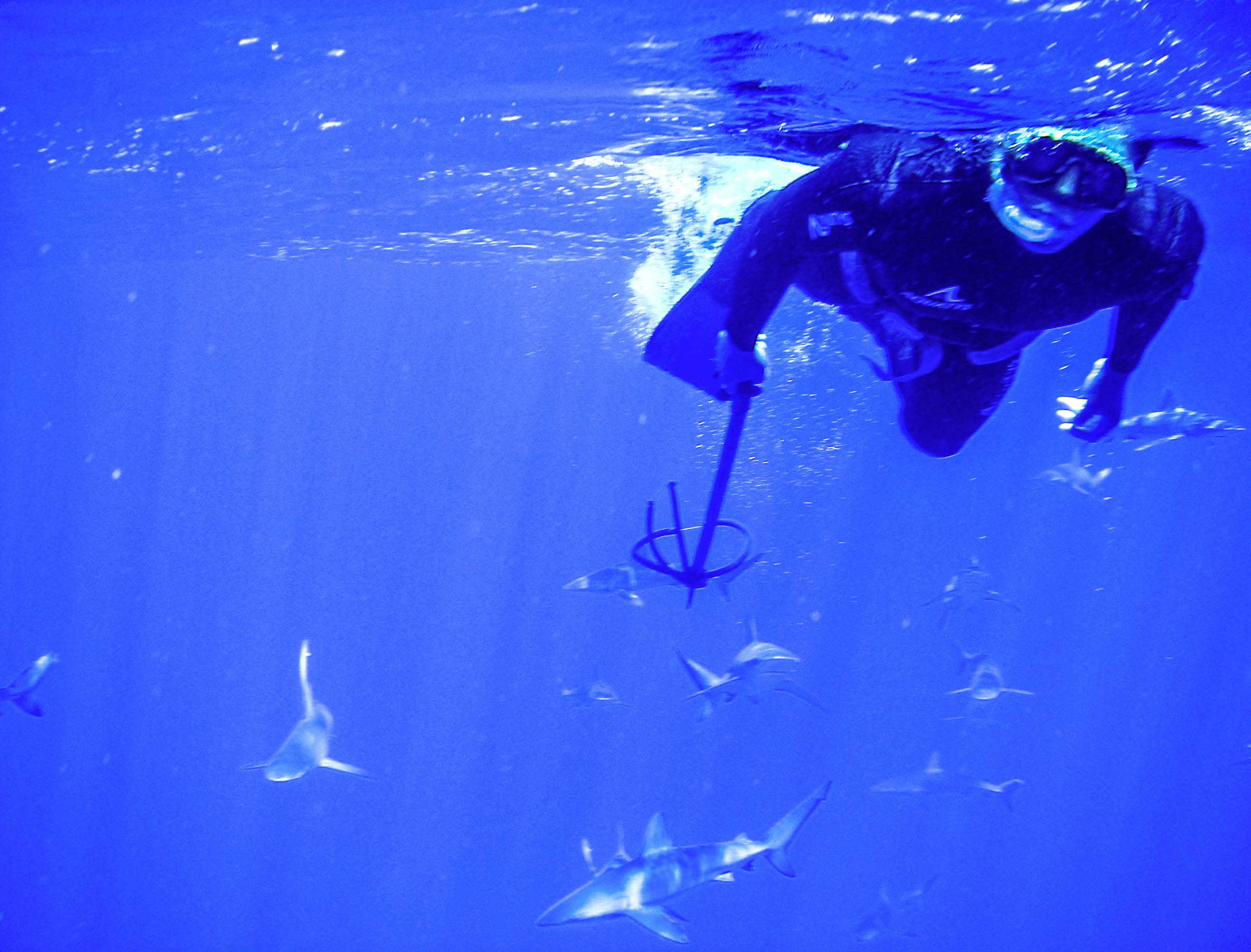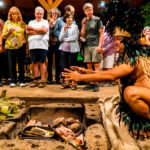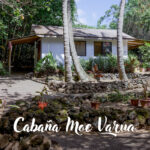Mana
a Seamount off of Motu Motiro Hiva
by Javier Sellanes
Núcleo Milenio de Ecología y Manejo Sustentable de islas Oceánicas
(ESMOI)–Facultad de Ciencias del Mar, Millennial Nucleus, Ecology and Sustainable Management of
Oceanic Islands (ESMOI) – Faculty of Marine Sciences – Universidad Católica del Norte.
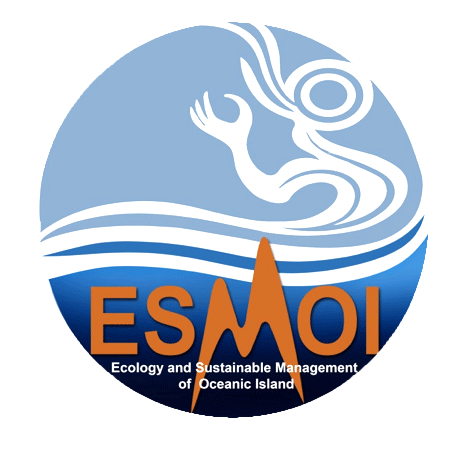
This voyage crossed almost 10,000 km (6,000 miles) from the Atacama trench, passing through the Desventuradas Islands, visiting several seamounts along the Nazca undersea ridge, the islet of Salas y Gómez and the mythical island of Rapa Nui, passing along the back of the Pacific Basin through the Austral Islands, to finally dock after 34 days in the port of Papeete, Tahiti.

Ilustración del Monte “Mana” seamount illustration
However, just as in the deserts there are oases, in this enormous marine area that is marked by low productivity, there are zones in which the animals gather. The oceanic islands and the seamounts make favorable environments for the presence of a wide range of living creatures with vary particular characteristics. Given their isolation, the flora and fauna of these areas tend to be endemic, that is to say, to consist of species that are only found in that specific part of the planet.

De Izquierda a derecha / From left to right: “Javier
Sellanes, Melitón Tuki, Ariadna Mechó, María de los
Ángeles Gallardo, Erin Easton, Maximiliano Tapia,
Nicole Morgan & Nicolás Luna,” ESMOI – UCN.
El “RV Mirai”, perteneciente a
JAMSTEC (Agencia Japonesa de Ciencia y
Tecnología del Mar).

Un langostino recolectado a unos 500 m de
profundidad en un monte del P. Marino Nazca
Desventuradas. Posible especie nueva para la ciencia.
As an example, the majority of the animals observed and collected on the “Mana” seamount correspond to the first registry in the Chilean archive of marine biodiversity, or even species new to science. Given the volume of samples and data, analysis is going to take some time and the results will be published next year at the earliest. However, this information will contribute to the protection of the emblematic ecosystems that were visited, especially those of the Nazca-Desventuradas and Motu Motiro Hiva marine parks.

Una desconocida especie de erizo de
mar del monte “Mana”.
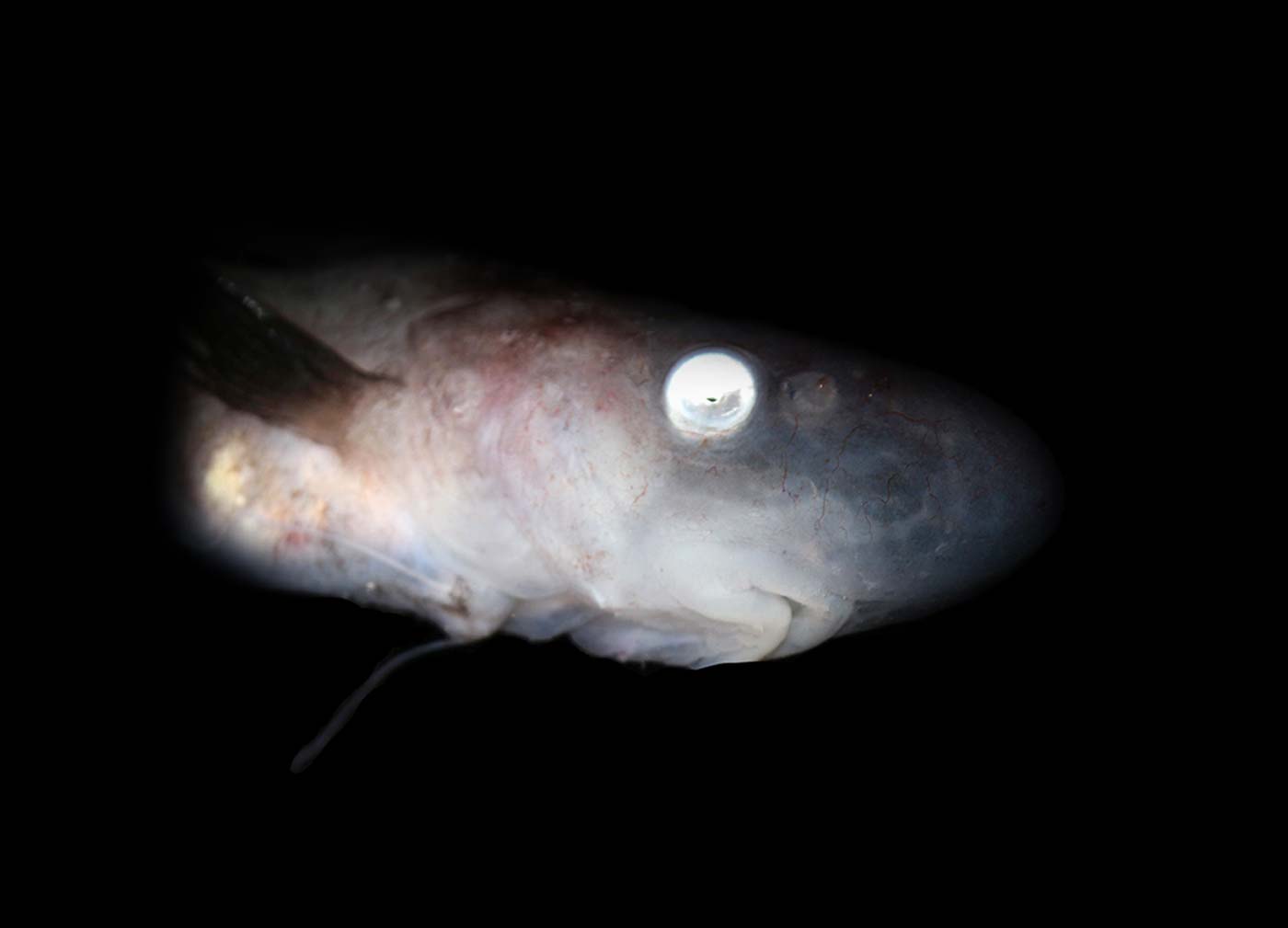
Peces conocidos como “nariz de jalea”
(jellynose fishes) recolectado en el monte
“Mana.” Primer reporte en aguas Rapa Nui.

Entrega del Moai / Ceremonial delivery of the Moai “Mana Tapu Ao”
This moai will stay on board, occupying a privileged spot in the main meeting room, as it accompanies the ship and its crew through the oceans of the world.
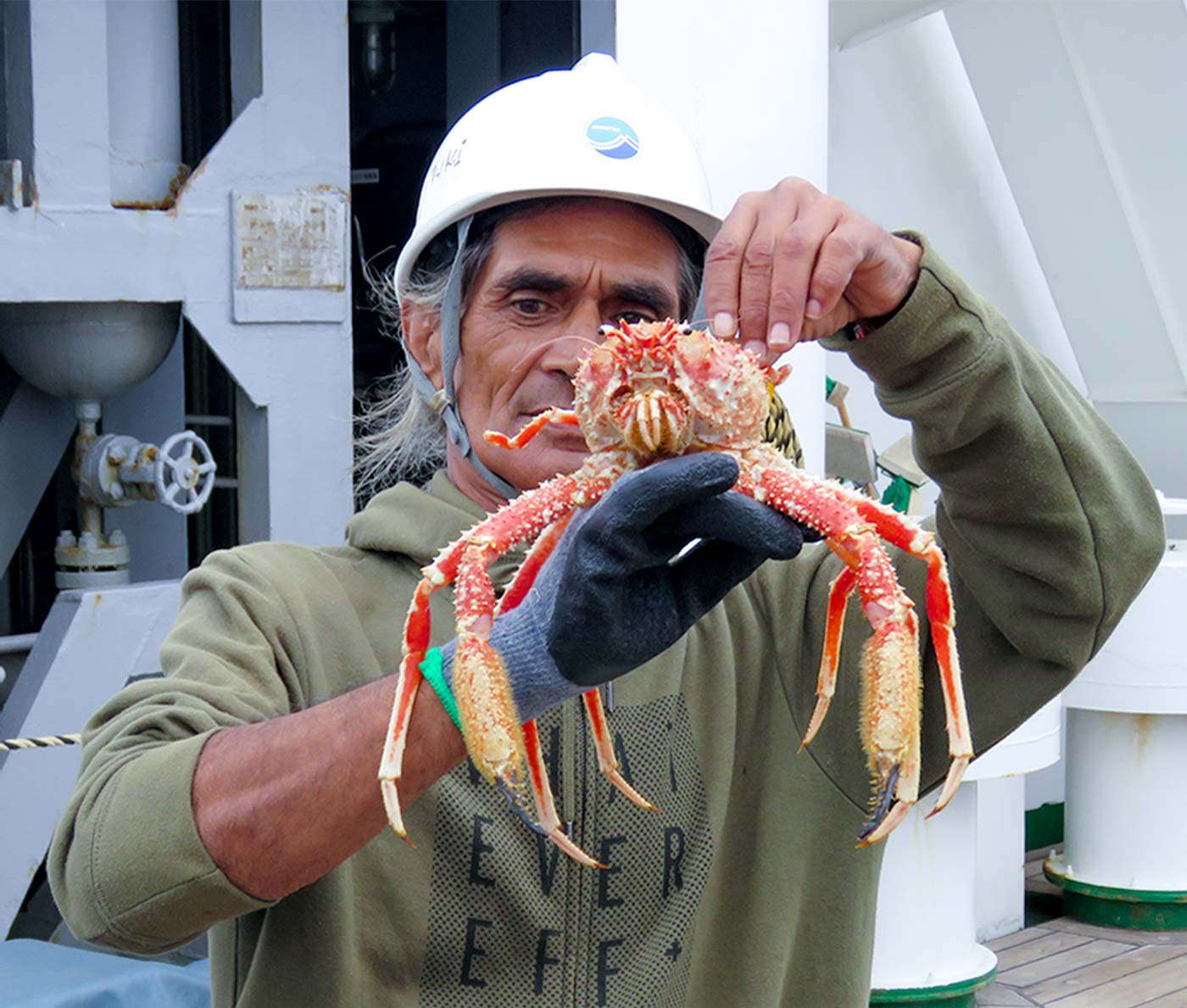
Melitón (Heka) Tuki
Consejero del Mar de Councilor of the Sea from Rapa Nui
Tres erizos y un pez “nariz de jalea” en la superficie arenosa del monte
Three sea urchins and a “jellynose” fish on the sandy surface of the “Mana” seamount

Featured Reports:
Bees Rapa Nui
Bees Rapa NuiFree of Pathogens, a Source of Life and LoveBees were introduced to Easter Island by the Catholic missionaries of the Sacred Heart of Jesus in the decade of the 1860s, and since then have been pollinating guavas, mangoes, bananas and pasture flowers. In...
El Tavake and its future
The Tavake And its future, a challenge for Rapa NuiOne of the loveliest spots on the Island is the Moai (statue) quarry at Rano Raraku. Anyone who has visited it has seen or heard the Tavakes, the red-tailed tropicbird. These majestic white birds, with their bright...
Marine Reserve in the bay of hanga roa
Marine Reserve in the bay of hanga roaAccording to the experts and the international NGOs that are dedicated to marine conservation, the oceans should be managed as ecosystems and not as a cornucopia that the fishing industry can harvest at will. In the entire world,...

